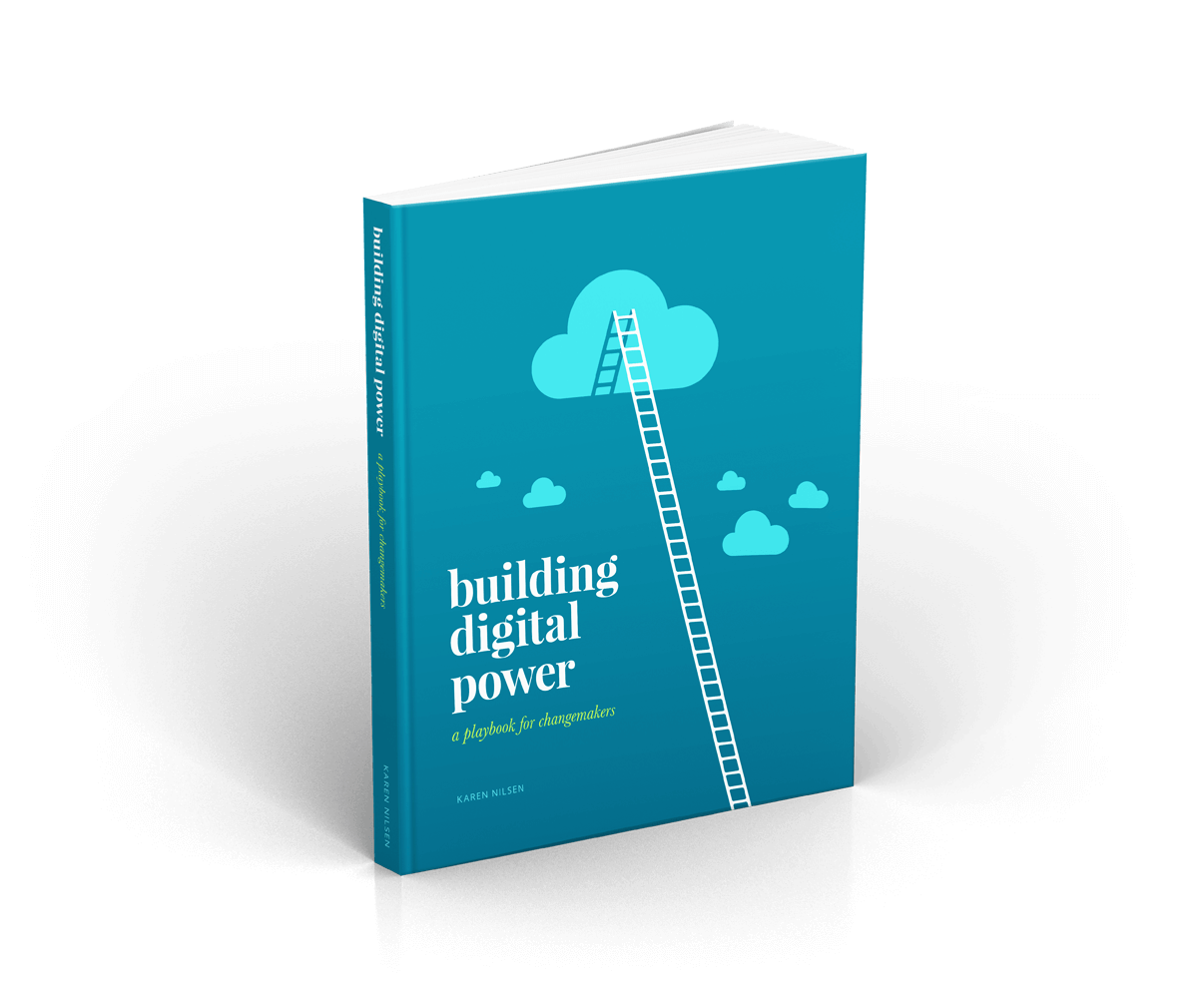How NOT to Write a Thank-You Email...
For several years, I drove a strategy at Animals Australia to send ‘thank-you’ emails to action takers that were jam-packed with followup asks. This is not an uncommon approach. And on the surface, it’s easy to see why so many organizations do this. You’ve got your supporter’s attention; they’ve shown a willingness to act; why not push this thing as far as it can go?
Because—most of us want our relationship with our supporters to last longer than a day. And when every action leads to the next, the only possible endpoint in the cycle is a rejection. Our aim shouldn’t be to find our supporters’ breaking point.
Moving past the infinite loop thank-you email vortex
When we eventually looked, our data revealed that very few people were clicking on supporting actions in thank-you emails. In fact, these emails were doing the exact opposite of what we wanted to achieve. They were fueling disengagement.
The problem with cyclic asks is that they take an organization-centric approach the moment when you most need to be supporter-centric.
Track your thank-you emails. Unless you gain significant follow-up actions from this method, resist the urge to onboard supporters into an endless merry-go-round of actions. Don’t risk establishing your role as the asker and your supporter’s role as the boundary setter. Set respectful boundaries so your supporter doesn’t have to.
Instead, use this moment to deliver what your supporter needs to cement this action as a wholly positive experience—one they will want to repeat when the next critical ask arrives. Here are five great ways to say ‘thanks’ that will leave your supporters keen to come back for more.
From: Say thanks (and mean it)
Was this tip useful?


Get a free weekly digital strategy tip:
Unsubscribe any time. We respect your data. View the privacy policy.
Like this tip? Share it!






